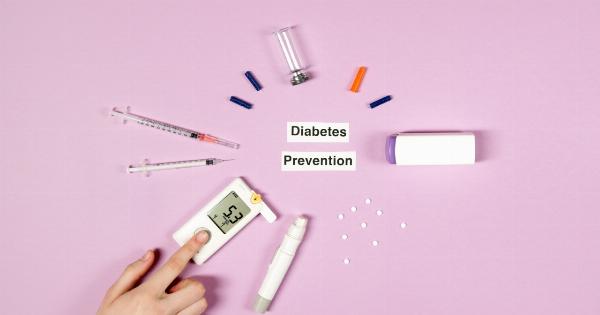Chronic thromboembolic pulmonary hypertension (CTEPH) is a rare and potentially life-threatening condition characterized by high blood pressure in the arteries that supply the lungs.
Unlike other forms of pulmonary hypertension, CTEPH is caused by chronic blood clots that obstruct blood flow in the lungs.
The Challenges of CTEPH Diagnosis
Diagnosing CTEPH can be challenging, as its symptoms are often nonspecific and can overlap with other respiratory conditions. Some common symptoms include shortness of breath, fatigue, chest pain, and fainting.
However, these symptoms can be attributed to various underlying causes, making it crucial for healthcare providers to conduct a thorough evaluation.
Identifying Candidates for Salvation Surgery
Salvation surgery, also known as pulmonary endarterectomy (PEA), is the primary treatment option for CTEPH. However, not all CTEPH patients are suitable candidates for this procedure.
PEA involves the removal of chronic blood clots from the pulmonary arteries, restoring normal blood flow and alleviating the symptoms of CTEPH.
Evaluating Operability and Operability Criteria
Before considering salvation surgery, healthcare providers assess the operability of the patient.
Several factors determine operability, including the location and extent of blood clots, the overall health of the patient, and the presence of other medical conditions. Patients with limited clot burden, easily accessible clots, and good functional capacity are considered optimal candidates for PEA.
The Importance of Timely Diagnosis and Intervention
CTEPH is often underdiagnosed or misdiagnosed due to its rare nature and overlapping symptoms. A delay in diagnosis can lead to progressive deterioration of the patient’s condition and reduce the chances of successful surgery.
It is vital for healthcare providers to consider CTEPH as a potential cause when assessing patients with unexplained pulmonary hypertension, especially those with a history of blood clots.
The Procedure: Pulmonary Endarterectomy (PEA)
Pulmonary endarterectomy (PEA) is a complex surgical procedure performed under general anesthesia. The surgery involves temporarily stopping the patient’s heart while a heart-lung machine maintains blood circulation.
The surgeon carefully removes the chronic blood clots from the pulmonary arteries, reconstructing the damaged vessels as necessary. After the procedure, the heart is restarted, and the patient is gradually weaned off the heart-lung machine.
Recovery and Rehabilitation Post-Surgery
The recovery period following PEA varies for each patient, but typically involves a week-long hospital stay.
During this time, healthcare providers closely monitor the patient’s vital signs and administer medications to prevent further blood clot formation. Pulmonary rehabilitation programs are often recommended to aid in the patient’s physical recovery and help improve endurance and lung function.
Improvement in Quality of Life
Salvation surgery has shown remarkable success in improving the quality of life for patients with CTEPH.
Many patients experience a significant reduction in symptoms such as shortness of breath and fatigue, allowing them to resume daily activities without limitations. Regular follow-up appointments and long-term medication management are essential to monitor the patient’s progress and prevent the recurrence of blood clots.
Considerations for Non-Operable CTEPH Patients
Unfortunately, not all CTEPH patients are eligible or suitable candidates for salvation surgery.
For patients who cannot undergo PEA, other treatment options such as medical therapy, balloon pulmonary angioplasty, and lung transplantation may be considered. These alternative approaches aim to alleviate symptoms, improve quality of life, and prolong survival.
Ongoing Research and Advancements
Continued research and advancements in the field of CTEPH offer hope for improved outcomes and expanded treatment options. Clinical trials are being conducted to evaluate the effectiveness of newer medications and surgical techniques.
These advancements provide optimism for the future, ensuring that more patients will have access to life-saving treatments.





























